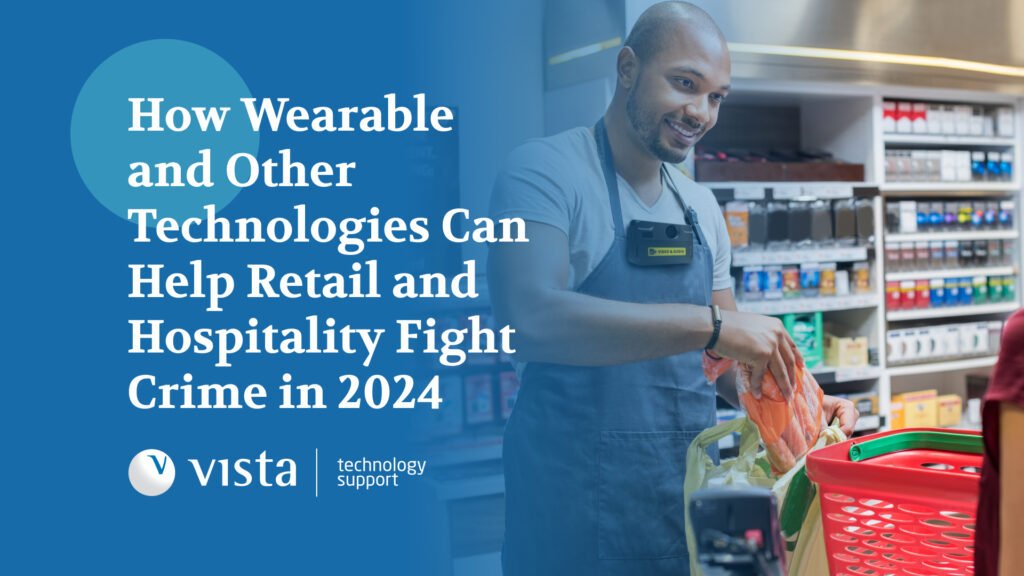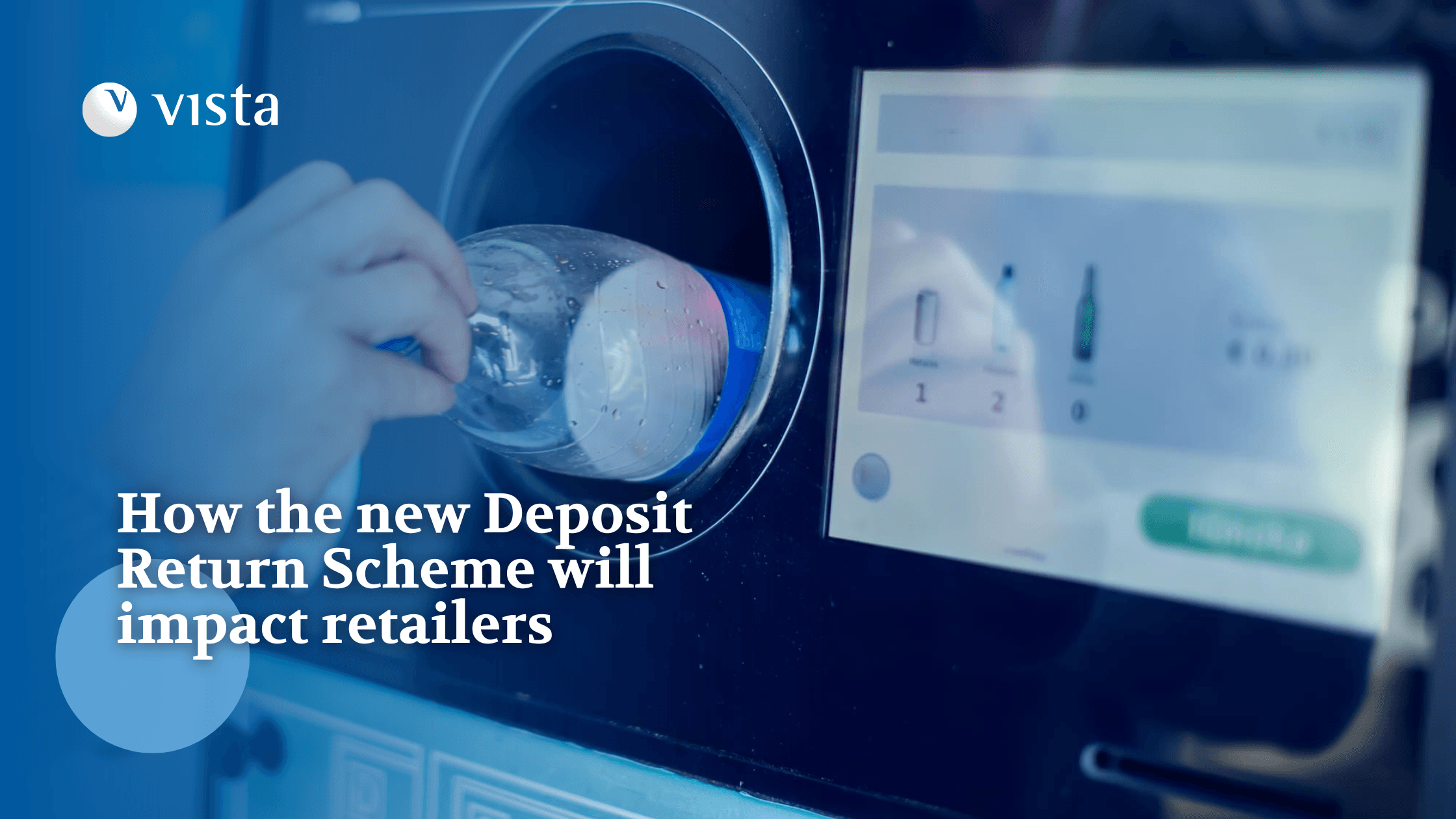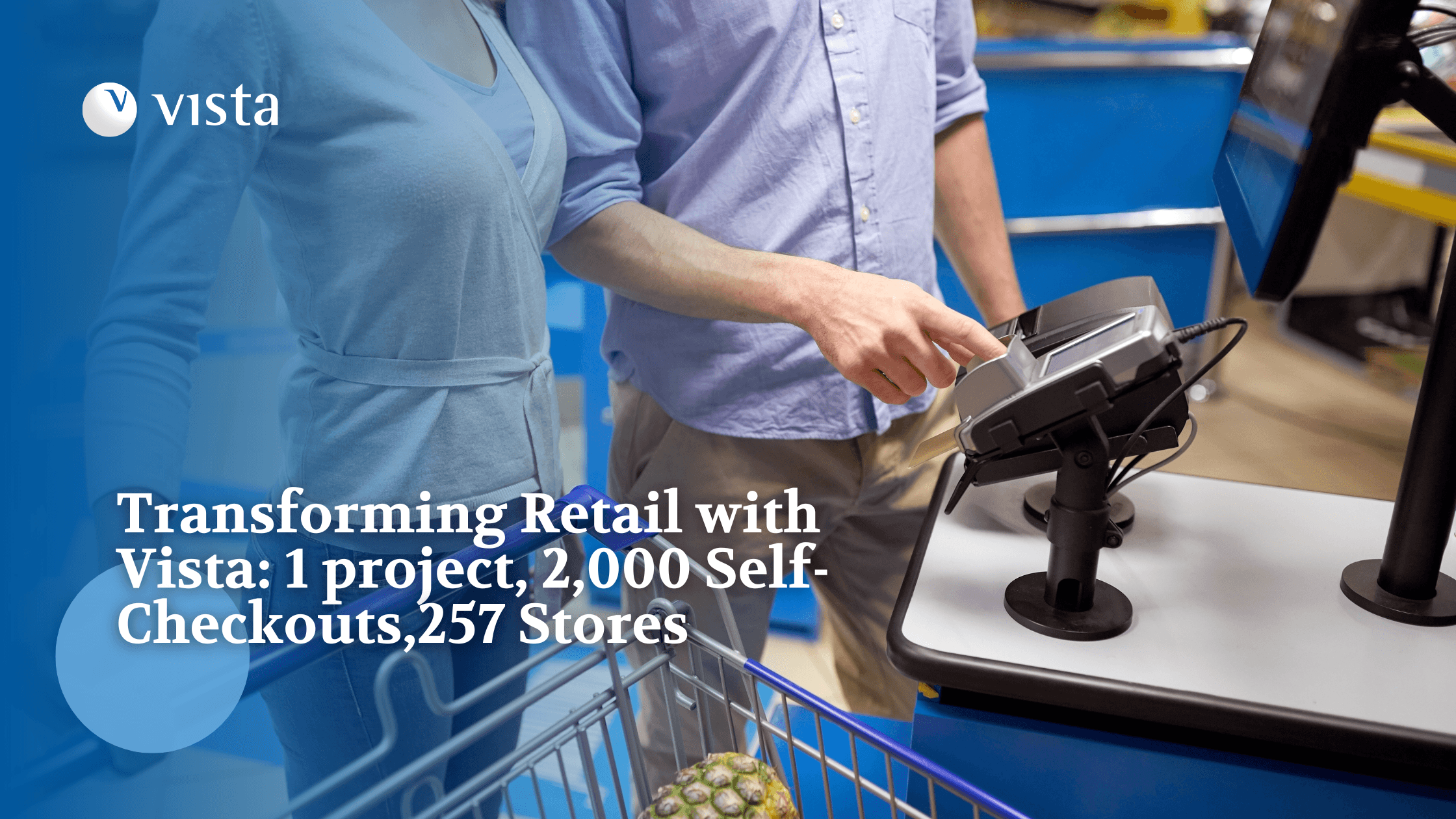
A look at the latest innovations and trends in the sector
Retail and hospitality are two of the most affected industries by crime, especially theft and violence. According to the British Retail Consortium, retail crime cost the UK economy £2.5 billion in 2023, up from £1.9 billion in 2019. The most common types of crime were customer theft, employee theft, fraud, and robbery. Moreover, the number of assaults and threats against retail staff increased by 25% in the same period, reaching over 50,000 incidents per year. The main triggers for violence were enforcing age restrictions, refusing sales, and confronting shoplifters.
Hospitality is also facing similar challenges, as the sector has seen a rise in theft, vandalism, and aggression from customers and staff. According to UKHospitality, the trade body for the industry, hospitality businesses lost £1.3 billion in 2023 due to crime, up from £900 million in 2019. The most common types of crime were theft of cash, stock, and equipment, fraud, and damage to property. Additionally, the number of assaults and threats against hospitality staff increased by 20% in the same period, reaching over 40,000 incidents per year. The main causes of violence were alcohol and drug abuse, disputes over bills, and anti-social behaviour.
According to the latest statistics, a raft of major UK retailers have reported increased theft in their stores. According to Freedom of Information (FOI) requests by The Telegraph, Sainsbury’s, and Tesco, accounted for two-fifths (40%) of overall cases.
These alarming figures show that retail and hospitality need to adopt new strategies and technologies to protect their assets, staff, and customers from crime. Fortunately, there are some innovative solutions that are emerging in the market, especially in the field of wearable and other technologies. These technologies can help retail and hospitality businesses to prevent, detect, and respond to crime more effectively and efficiently. Here are some of the latest examples of how wearable and other technologies can help retail and hospitality fight crime in 2024.
Wearable Cameras
One of the most popular and widely used wearable technologies in retail and hospitality is the wearable camera. These devices are worn by staff members, usually on their chest, head, or glasses, and record video and audio of their interactions with customers and colleagues. The footage can be stored locally or streamed to a cloud-based platform, where it can be accessed and analysed by managers, security personnel, or law enforcement agencies. The main benefits of wearable cameras are that they can deter potential criminals, provide evidence in case of an incident, and improve staff performance and accountability. In a case study published by reveal media (a business that specialises in body worn cameras and ai software) highlighted that retailer The Works had experienced highly positive feedback from retail colleagues after they deployed body worn cameras, in a staff survey 93% of staff indicated that the cameras had led to less instances of physical or verbal threats from customers, and acknowledged a reduction in the time they had to spend dealing with abusive behaviour.
Facial Recognition and Behaviour Analysis
Another technology that is revolutionising retail and hospitality is facial recognition. This technology uses cameras and software to scan and identify the faces of customers and staff members and compare them to a database of known or suspected individuals. The database can include information such as name, age, gender, criminal record, loyalty status, or preferences. The main benefits of facial recognition are that it can enhance customer service, personalisation, and loyalty, as well as detect and prevent fraud, theft, and violence.
A related technology that is also becoming more prevalent in retail and hospitality is behaviour analysis. This technology uses cameras and software to analyse the body language, gestures, movements, and expressions of customers and staff members, and infer their emotions, intentions, and actions. The software can use artificial intelligence and machine learning to learn from past data and patterns and predict future behaviour. The main benefits of behaviour analysis are that it can improve customer satisfaction, engagement, and retention, as well as identify and prevent potential shoplifters.
Smart Tags and Sensors
A third technology that is helping retail and hospitality to combat crime is smart tags and sensors. These devices are attached to products, equipment, or premises, and communicate with a wireless network or a cloud-based platform. They can track the location, status, and condition of the items, and alert managers, security personnel, or law enforcement agencies in case of an anomaly. The main benefits of smart tags and sensors are that they can reduce stock loss, theft, and damage, as well as optimise inventory management, supply chain, and operations.
One of the technologies that are utilised within the smart tag is RFID, which stands for radio-frequency identification. RFID uses electromagnetic fields to identify and track tags attached to objects. The tags contain electronically stored information that can be read by a reader device from a distance. RFID tags can be passive, active, or battery-assisted, depending on their power source and range. RFID tags can store various types of data, such as product name, price, origin, expiry date, and inventory status.
RFID technology can prevent stock loss in retail and hospitality by enabling accurate and real-time tracking of products and equipment throughout the supply chain and the store. RFID tags can also help detect and deter theft by triggering alarms or alerts when an item is moved out of a designated area without payment or authorization.
These are some of the examples of how wearable and other technologies can help retail and hospitality fight crime in 2024. However, these technologies are not without challenges and limitations. Some of the issues that need to be addressed are the cost, reliability, and compatibility of the devices and software, the privacy, security, and ethics of the data collection and analysis, and the legal and regulatory frameworks and standards that govern the use of these technologies. Moreover, these technologies should not replace human interaction and judgement, but rather complement and support them. Ultimately, the success of these technologies depends on how well they are integrated into the business strategy, culture, and values of retail and hospitality.
For tailored advice on integrating new technologies into your current business strategy, contact one of our experienced team members today: sales@vistasupport.com / 0330 135 5795


